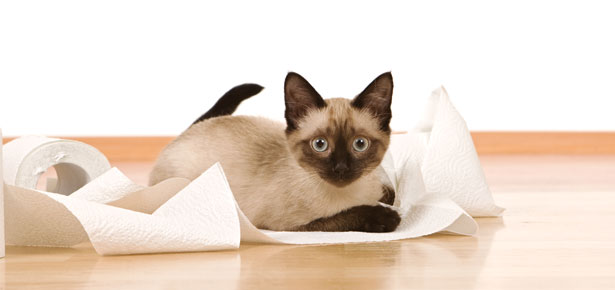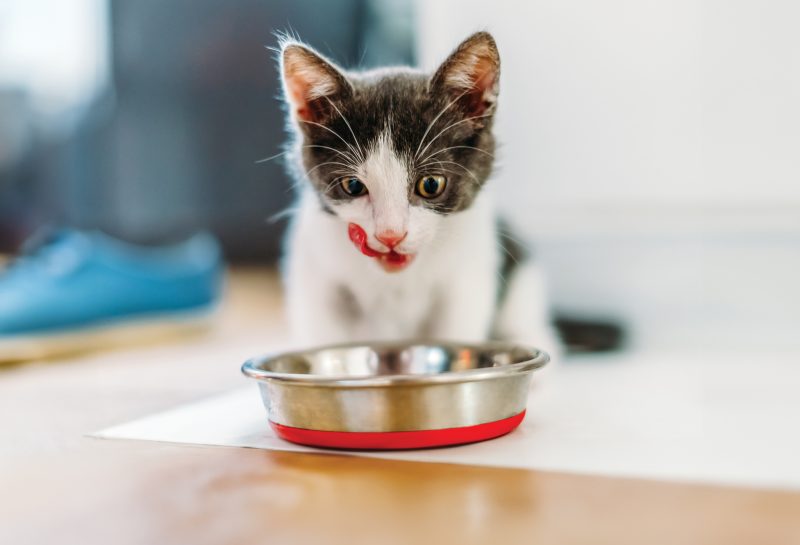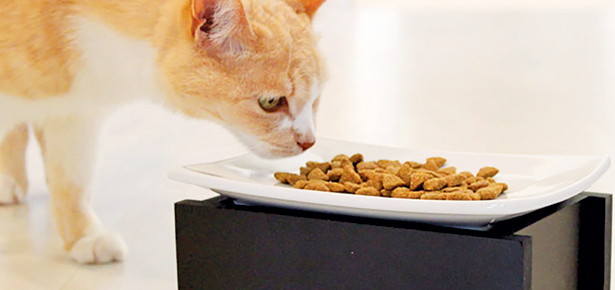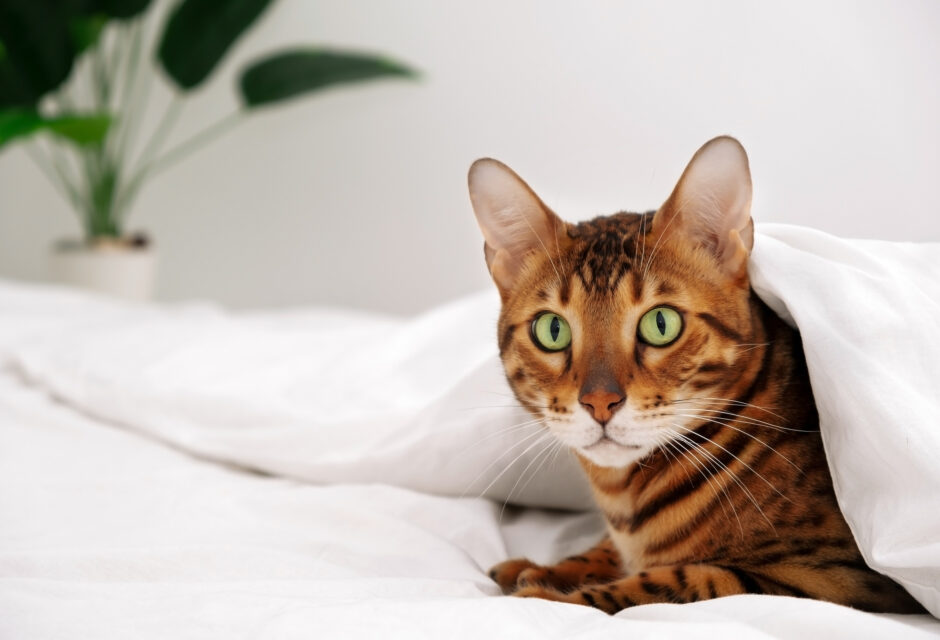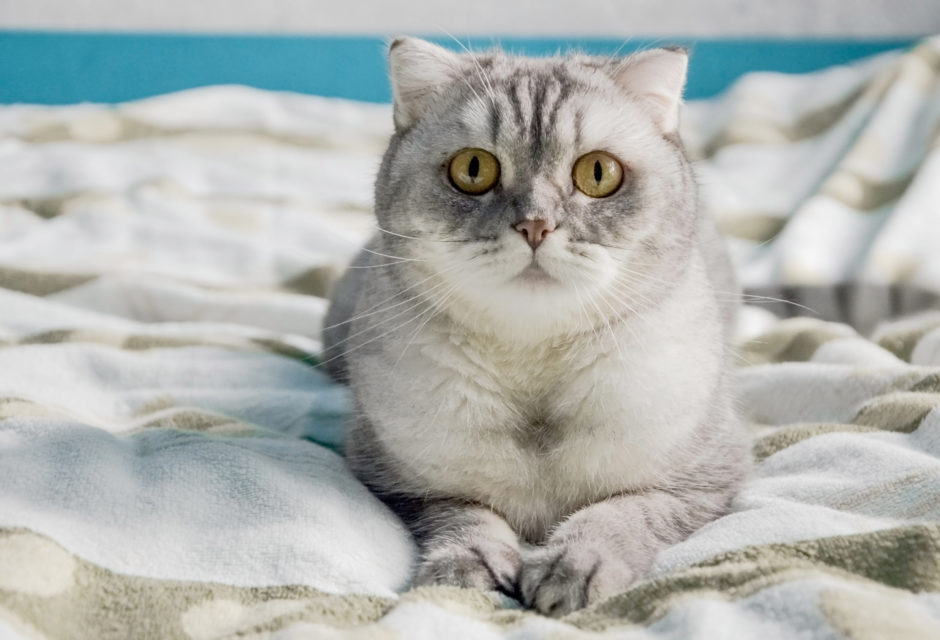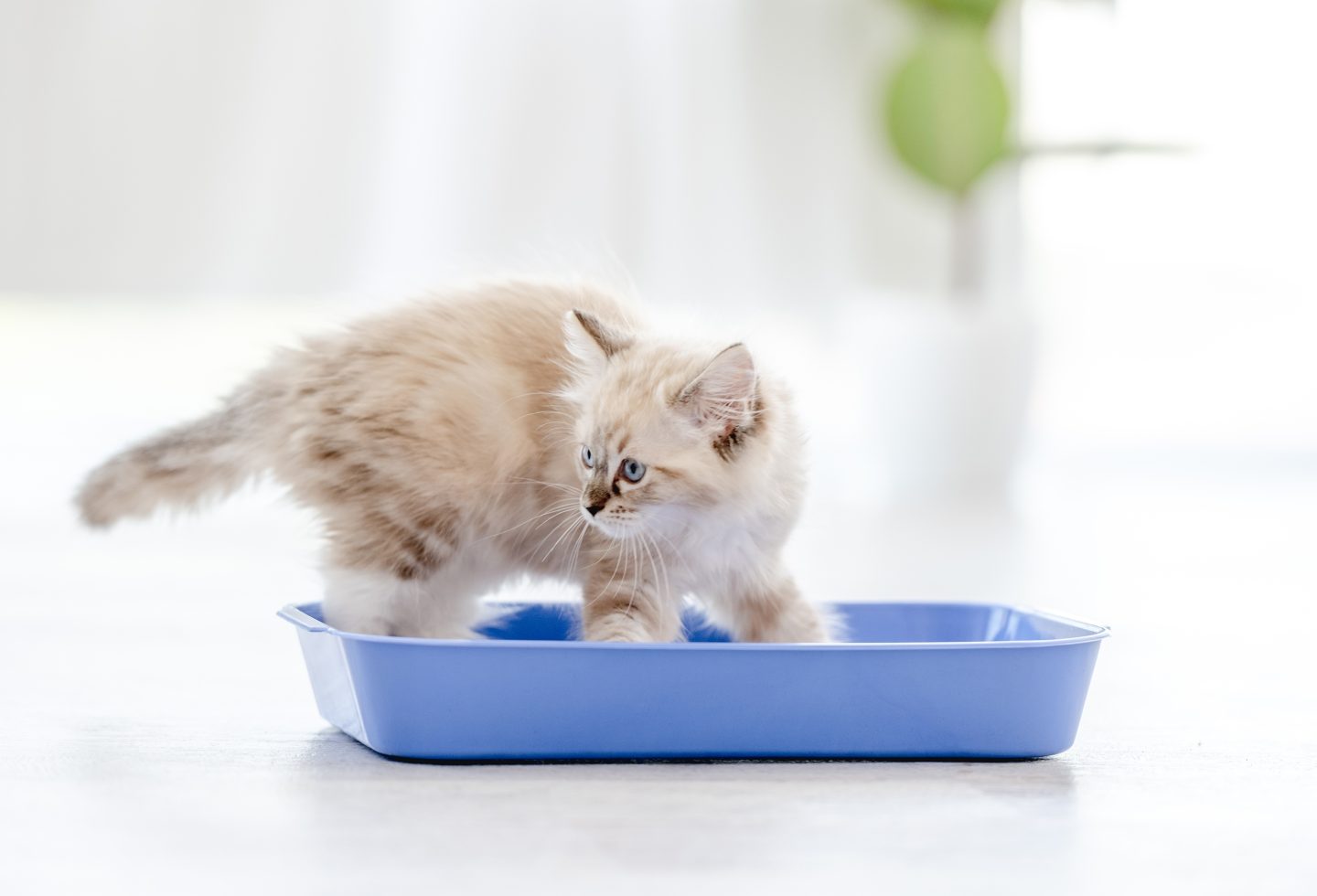
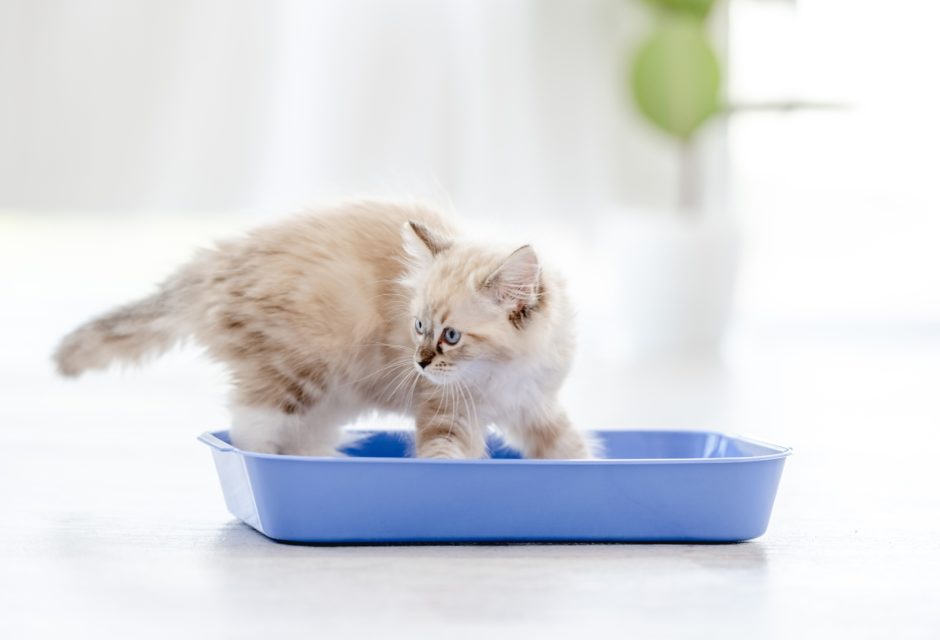
Why You Should Be Monitoring Urinary Behaviour
Keep an eye out for these tell tale signs
Recognizing irregular behavior is one of the most common methods pet owners use to determine if their cat may be sick or in pain. One behavior that should be closely regulated is urinary behavior. Keeping track of urination habits helps prevent conditions such as feline lower urinary tract disease (FLUTD), an umbrella term that refers to disorders affecting the bladder and urethra of cats.
FLUTD includes many disorders, including urinary tract infections, bladder stones and feline interstitial cystitis (FIC), a complicated disorder that causes cats to show signs of bladder inflammation though they do not have a bladder infection. The cause of FIC is not completely understood, but signs of FIC are often precipitated by stressful events. Risk factors for FIC in cats include being overweight, being an indoor-only cat, and experiencing stress.
Dr. Johanna Heseltine, clinical assistant professor at the Texas A&M College of Veterinary Medicine & Biomedical Sciences, explained the causes of FLUTD. “FLUTD may be caused by diseases of the bladder including, FIC, bacterial bladder infection, bladder stones, mucous plugs that form in the bladder and pass into the urethra, or bladder tumors — although these are uncommon in cats,” she said. “Cats that have had trauma to their bladder or have had trauma in the urethra that led to scar tissue can also show similar signs.”
Cats with FLUTD show signs of lower urinary tract inflammation, including straining to urinate, vocalizing when urinating, urinating small amounts frequently, passing blood in the urine, and urinating outside of the litterbox. In addition, cats who have developed FIC or bladder stones are at risk for urethral obstructions. “Some cats with FIC or bladder stones become ‘blocked,’ which means that their urethra is obstructed, and they are unable to urinate,” Heseltine explained. “Cats with urethral obstruction often vocalize and strain to urinate without passing urine. This condition is more common in male cats than female cats. Urethral obstruction is a medical emergency because it can lead to life threatening complications.”
Treatments for FLUTD vary based on the cat’s condition. For example, a life-threatening situation caused by a urethral obstruction would require stabilization of the cat and relieving the urethral obstruction via a catheter. For cats who have FIC but are not blocked, clinical signs often resolve after three to seven days. However, pain medications are often needed as this condition can be painful for the cat. Many over-the-counter pain medications are not safe for cats, so pain medications should be prescribed by a veterinarian.
“Because FIC is precipitated by stress, sources of stress in the cat’s environment should be identified and removed, when possible,” Heseltine said. “Examples of environmental stressors include guests, boarding, and other pets. Multimodal environmental modification (MEMO) is a term used to describe ways to decrease stress for a cat by providing environmental enrichment and a feeling of safety. Examples of this include providing a cat tree for climbing, a cat retreat where the cat can hide, and providing a variety of toys for play and exercise.”
To help manage FIC and other diseases that contribute to FLUTD, be sure to provide multiple, regularly cleaned litterboxes in the home, preferably one more litterbox than the number of cats. Encouraging water consumption is also important. This can be done by providing multiple water sources, including a water fountain. Another factor known to decrease FIC and FLUTD risk is diet. “For some cats, diet plays an important role in preventing or lessening repeat episodes of FIC,” Heseltine said. “Canned foods are an important way to increase a cat’s water intake. Prescription diets have other properties, such as containing omega-3 fatty acids and antioxidants, which have been shown to decrease the recurrence of FIC.”
Preventing the conditions that contribute to FLUTD is important for your cat’s health. If you see any changes in your cat’s urinary behavior, be sure to consult your veterinarian.
An excellent source of information for MEMO is The Ohio State University Indoor Cat Initiative, which can be found here.
Join the newsletter and never miss out on cat content again!
"*" indicates required fields
By clicking the arrow, you agree to our web Terms of Use and Privacy & Cookie Policy. Easy unsubscribe links are provided in every email.





